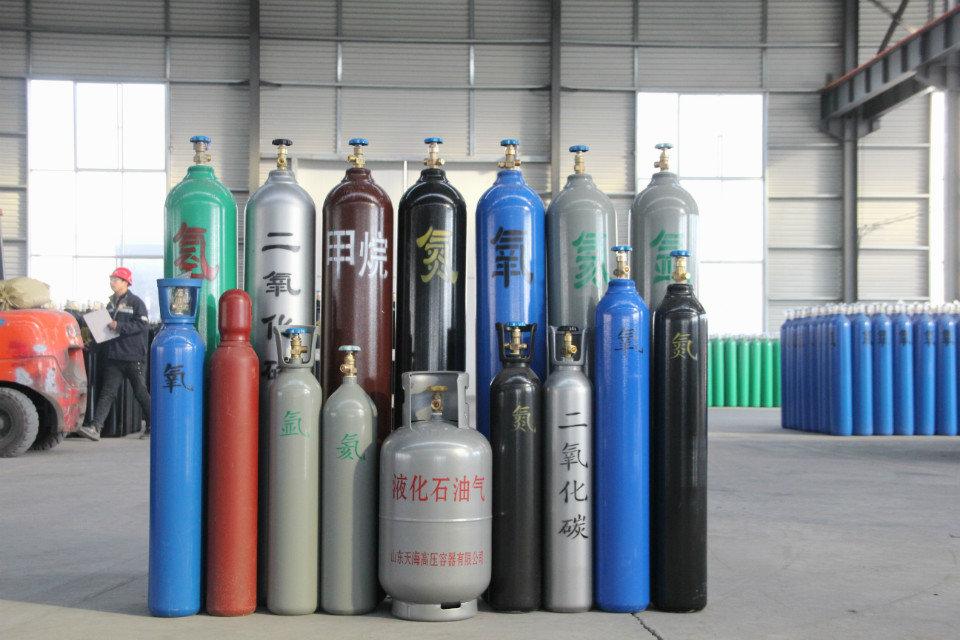4 types of industrial gases details
There are many kinds of industrial gases, and they can be divided into four categories according to their chemical properties, including highly toxic gases, flammable gases, combustion-supporting gases and non-flammable gases.
(1) Highly toxic gas with strong toxicity can cause poisoning or even death if it intrudes into the human body. Such as chlorine, ammonia and so on.
(2) Flammable gas, with inflammability and chemical explosion risk, and a certain toxicity. Such as hydrogen, acetylene, etc.
(3) Combustion-supporting gas, with combustion-supporting ability, but it does not burn itself, there is a risk of expanding fire, such as oxygen, etc..
(4) Non-flammable gas, industrial gas has asphyxiation, stable nature, not burning, such as nitrogen, carbon dioxide and argon.
In the 《national standard》 GB13690-1992, the above 4 kinds of gases are divided into 3 small categories, that is, the second. Class 1 flammable gases, Section 2. Class 2 non-combustible gases (including combustion-supporting gases), Section 2. Class 3 toxic gases.
Common industrial gases
Industrial gases can be divided into industrial pure gas of a single variety of gas and industrial mixture of binary or multivariate gas according to its components. According to the national standard 《bottled compressed gas classification》 (GB16163-1996), industrial pure gas is classified according to its physical state and critical temperature in the cylinder, and is grouped according to its chemical properties, combustion, toxicity and corrosion. The first category is a permanent gas, whose critical temperature is less than -10℃. It is gaseous during charging, storage, transportation and use under the allowable working temperature. It is divided into two groups: group A is non-combustible, non-toxic and non-combustible toxic gas (including oxygen, nitrogen, argon, etc.), group B is combustible, non-toxic and combustible toxic gas (including hydrogen, etc.). The second category is liquefied gas, whose critical temperature is ≥-10℃, including high pressure liquefied gas and low pressure liquefied gas. Among them, the liquid gas is liquid when the critical temperature of high-pressure liquefied gas is ≥-10℃ and ≤70℃, but it evaporates into gas when the temperature rises to the critical temperature in the process of storage, transportation and use under the allowable working temperature. It is divided into three groups: group A is non-combustible, non-toxic and non-combustible toxic gas (including carbon dioxide); Group B is combustible and non-toxic and spontaneous combustion toxic gas; Group C is combustible gas which is easy to decompose or polymerize. The critical temperature of low-pressure liquefied gas is > 70℃. It is liquid in the process of charging and storage and transportation under the allowable working temperature. It is also divided into three groups: group A is non-combustible non-toxic and non-combustible toxic and acid corrosive gas (including chlorine); Group B is combustible non-toxic and combustible toxic and alkaline corrosive gases (including ammonia); Group C is combustible gas which is easy to decompose or polymerize. Category 3 is dissolved acetylene, under pressure dissolved in the solvent in the cylinder gas, only group A: easily decomposed or polymerized flammable gases (including acetylene). This classification is the basis of mixture preparation.





 Facebook
Facebook YouTube
YouTube LinkedIn
LinkedIn Twitter
Twitter